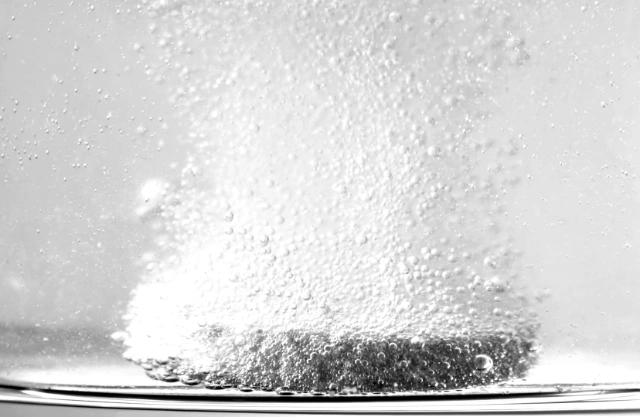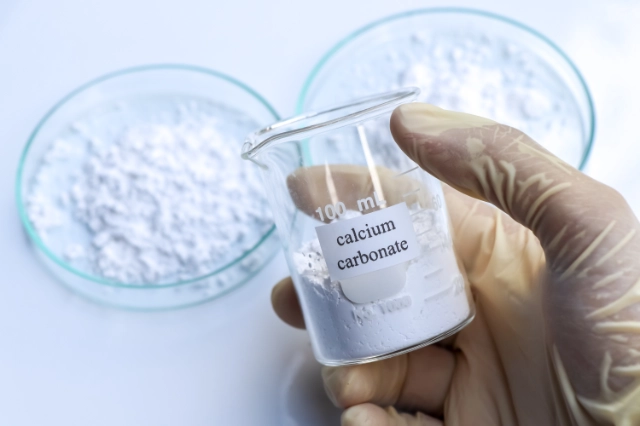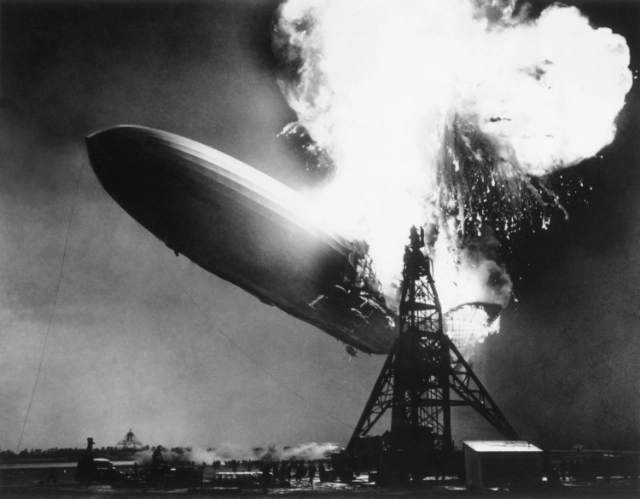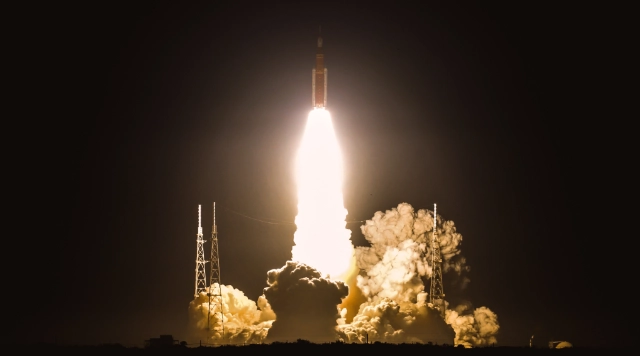Gas tests

Learning outcomes
After studying this page, you should be able to:
- describe how to test for these gases:
-
- ammonia, NH3
- carbon dioxide, CO2
- chlorine, Cl2
- hydrogen, H2
- oxygen, O2
Testing for ammonia
Ammonia is very soluble in water. Some ammonia reacts with water when it dissolves, forming an alkaline solution:
NH3(g) + H2O(l) ⇌ NH4+(aq) + OH–(aq)
A colour change is seen when this happens in damp red litmus paper.
Method
- Add a few drops of water to a piece of red litmus paper (to enough to dampen it rather than to make it soaking wet).
- Hold the damp end in the gas. Record your observations.
Add just enough water to make the paper damp, rather than soaking wet.
Results
The litmus paper turns blue.
Take care to write ‘damp red litmus paper’ rather than just ‘litmus paper’.
Testing for carbon dioxide
Limewater is an aqueous solution of calcium hydroxide, Ca(OH)2. It reacts with carbon dioxide to produce calcium carbonate, CaCO3, and water:
Ca(OH)2(aq) + CO2(g) → CaCO3(s) + H2O(l)
Calcium carbonate is insoluble. It forms a white precipitate in the reaction.
Limestone and marble are mostly calcium carbonate. They are often used as powders or lumps instead of calcium carbonate in rates of reaction experiments.

Method
Carbon dioxide is denser than air. It collects in upright test tubes during reactions.
- Hold a dry dropping pipette inside the test tube, with the end above the reaction mixture (not in it). Gently squeeze the bulb several times to draw gas into the pipette.
- Transfer the dropping pipette to a test tube containing limewater. Gently squeeze the bulb several times to repeatedly draw limewater into the pipette so that it mixes with the gas inside. Record your observations.
Results
The limewater turns milky (cloudy white) if the gas is carbon dioxide.

Testing for chlorine
Chorine is a bleach. It can oxidise coloured substances, which breaks chemical bonds and stops the substances looking coloured.
Litmus papers are made by adding the coloured litmus indicator to white paper. Chlorine removes the colour, which turns litmus paper white.

Method
Chlorine is denser than air. It collects in upright test tubes during reactions.
- Add a few drops of water to a piece of litmus paper (to enough to dampen it rather than to make it soaking wet).
- Hold the damp end in the gas. It is safest to use tweezers for this if you are not wearing gloves. Record your observations.
Results
The damp litmus paper is bleached white if the gas is chlorine.
You can use red litmus paper or blue litmus paper. However, chlorine dissolves in water and reacts with it to form a weakly acidic solution:
Cl2(g) + H2O(l) ⇌
If you use damp blue litmus paper, you see the paper turn red then white.
Testing for hydrogen
Hydrogen is a flammable gas. It burns in air to form one product, water:
2H2(g) + O2(g) → 2H2O(l)
This reaction is the one used to test for hydrogen.
Method
Hydrogen is less dense than air. It can be collected in an upside down test tube during reactions.
- Light a wooden splint.
- Hold the burning splint near the mouth of the test tube of gas. Record your observations.
Results
A ‘pop’ sound is heard if the gas is hydrogen.

Testing for oxygen
Oxygen is an oxidising agent. It makes up about 21% of the air around you. This is why many metals corrode in air and flammable substances can burn. The higher the concentration of oxygen, the more likely these substances are to catch fire and to burn fiercely. This is the basis of the test for oxygen.
Method
- Light a wooden splint, then gently blow it out so that it is glowing (but not burning).
- Hold the glowing splint in the mouth of the test tube of gas. Record your observations.

Results
The glowing splint relights (sets on fire again) if the gas is oxygen.
